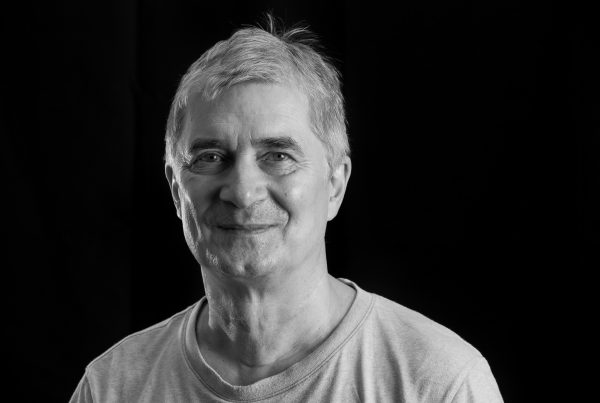Selected publications
– Latorre I, Esteve-Sole A, Redondo D, Giest S, Argilaguet J, Alvarez S, Peligero C, Forstmann I, Crespo M, Pascual J & Meyerhans A 2016, ‘Calcineurin and mTOR inhibitors have opposing effects on regulatory T cells while reducing regulatory B cell populations in kidney transplant recipients’, Transplant Immunology, 35, 1 – 6.
– Sanchez-Merino V, Fabra-Garcia A, GonzalezN, Nicolas D, Merino-Mansilla A, Manzardo C, Ambrosioni J, Schultz A, Meyerhans A, Mascola JR, Gatell JM, Alcami J, Miro JM & Yuste E 2016, ‘Detection of Broadly Neutralizing Activity within the First Months of HIV-1 Infection’, Journal Of Virology, 90, 11, 5231 – 5245.
– Tsunetsugu-Yokota Y, Kobayahi-Ishihara M, Wada Y, Terahara K, Takeyama H, Kawana-Tachikawa A, Tokunaga K, Yamagishi M, Martinez JP, Meyerhans A 2016, ‘Homeostatically Maintained Resting Naive CD4(+) T Cells Resist Latent HIV Reactivation’, Frontiers In Microbiology, 7, 1944.
– Bocharov G, Meyerhans A, Bessonov N, Trofimchuk S & Volpert V 2016, ‘Spatiotemporal Dynamics of Virus Infection Spreading in Tissues’ PLoS One 11(12):e0168576.
– Brai A, Fazi R, Tintori C, Zamperini C, Bugli F, Sanguinetti M, Stigliano E, Esté J, Badia R, Franco S, Martinez MA, Martinez JP, Meyerhans A, Saladini F, Zazzi M, Garbelli A, Maga G, Botta M 2016, ‘Human DDX3 protein is a valuable target to develop broad spectrum antiviral agents’, Proc Natl Acad Sci USA. 113(19):5388-93.
– Carreras-Sureda A, Rubio-Moscardo F, Olvera A, Argilaguet J, Kiefer K, Mothe B, Meyerhans A, Brander C & Vicente R 2016, ‘Lymphocyte activation dynamics is shaped by hereditary components at chromosome region 17q12-q21’, PlosOne 11(11):e0166414.
